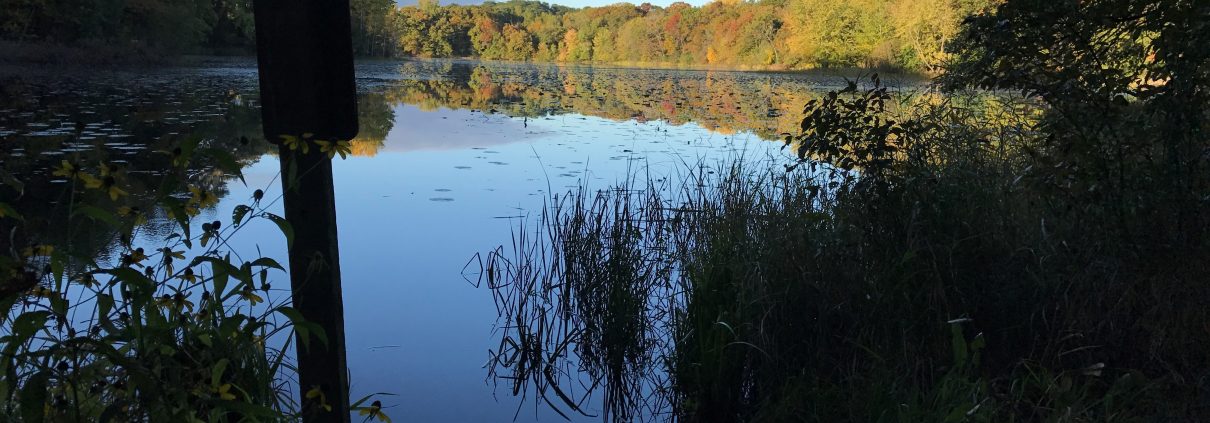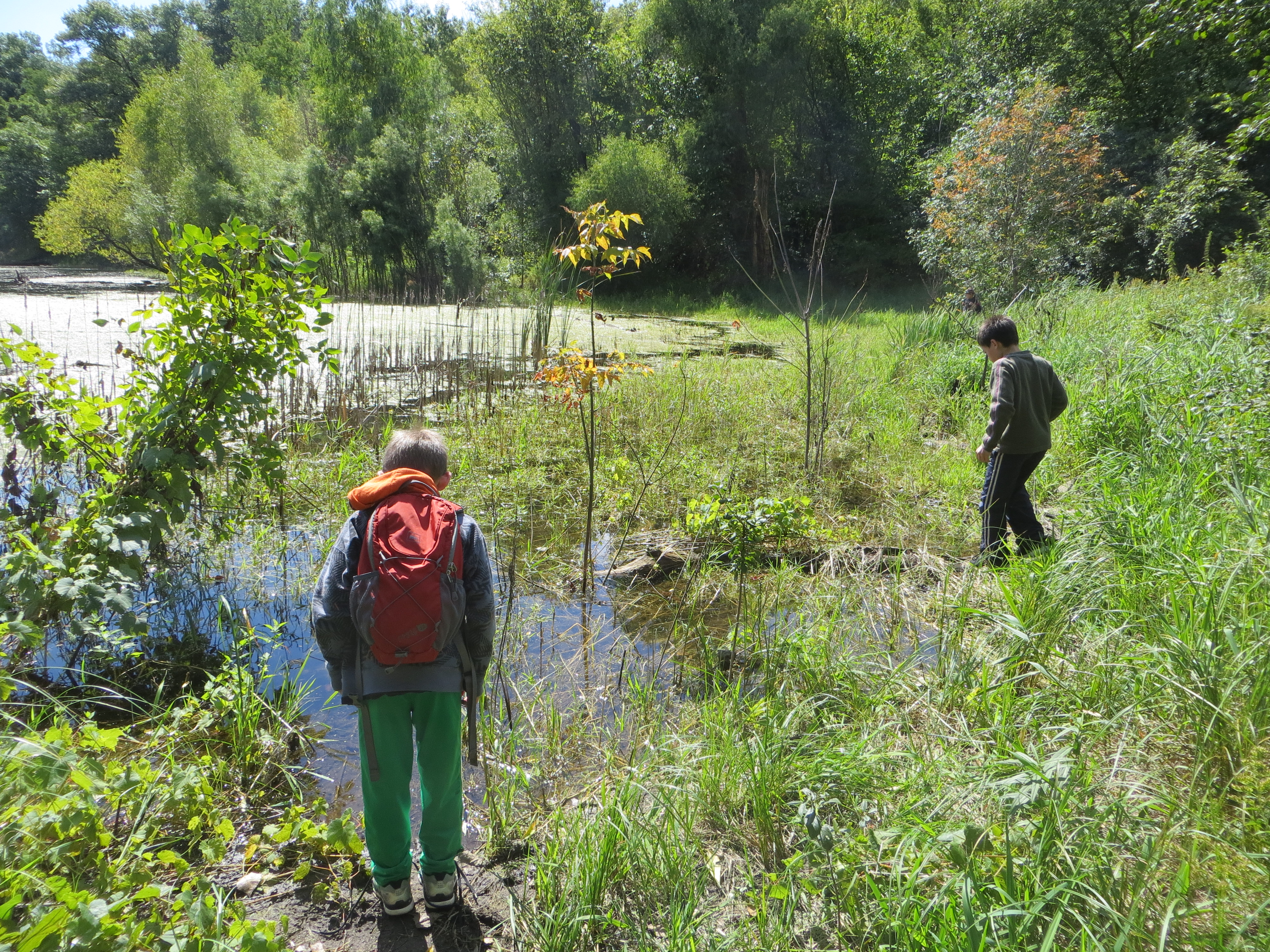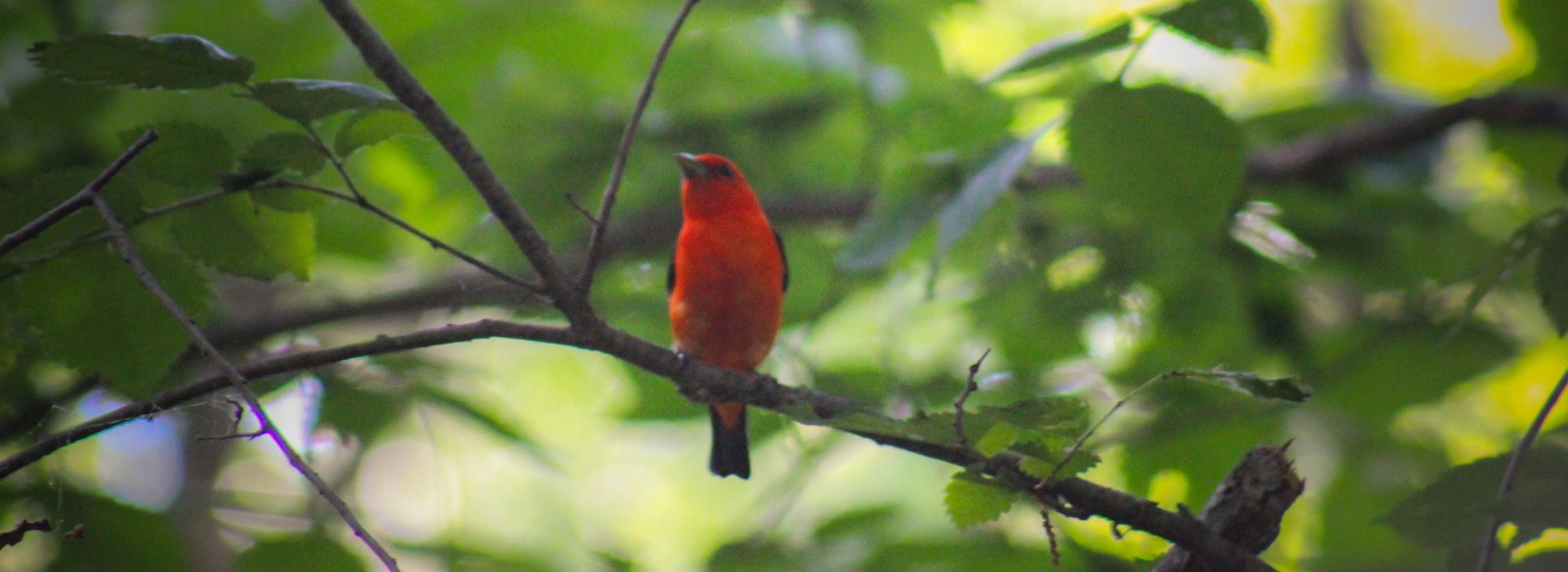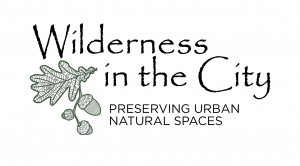
Lebanon Hills Regional Park
“Lebanon Hills is a significant natural resource in Dakota County because it is the last remaining large habitat of this type in northern Dakota County.” ~ MN DNR, 1994
Note: For information about the Lebanon Hills Natural Resources Management Plan, click on the “Events/Newsletter” tab above.
A popular destination for nature-based recreation and education, Lebanon Hills Regional Park has often been referred to as the Boundary Waters South. Lebanon Hills has offered visitors a genuine sense of wilderness for decades, and provides valuable habitat for wildlife. A significant natural resource in Dakota County, Lebanon Hills is elevated in importance each time development takes place in the surrounding area and the rest of the metropolitan region.
The park’s unique glacial-moraine landscape offers an abundance of nature-based recreation opportunities including canoeing, kayaking, paddle boarding, equestrian, fishing, geocaching, hiking, nature education, trail running, mountain biking, picnicking, play areas, swimming, bonfires, cross-country skiing, ice skating, kick sledding, snowshoeing, birding — and so much more.
With its lakes and portages, you have the opportunity to enjoy a day trip to a Boundary-Waters type experience fewer than 30-minutes from Minneapolis. With its rolling hills and natural trails, it’s the perfect place to get in shape for a long backpack trip, or just meander through the woods. But more than anything, Lebanon Hills offers an easy escape from the hectic pace and noise of everyday life.
Enjoy spending time at Lebanon Hills — you’ll be glad you did.
Lebanon Hills Trail Plans
Sustainability Study Done
Dakota County’s consultants have spent the last year evaluating all the trails in Lebanon Hills Regional Park for uses, alignment, and construction. The study has been completed and presented to the Dakota County Physical Development Committee. It is now to be considered along with the park’s Master Plan and Natural Resource Management Plan in park management decisions.
We met with staff and the consultants twice during the process to offer our input regarding the plan’s recommendations for improved, moved, and new trails. We appreciate that finally the many eroded and degraded trails are getting attention. Our response, as always, was to strongly encourage the county to view this study first and foremost through an environmental lens. The park’s recently approved Natural Resource Management Plan is a strong assessment of the value and needs of the park’s environmental communities, as we like to call them. Any and all recreational trail recommendations should be considered around this plan’s recommendations for the park’s natural habitats.
We continue to encourage Dakota County to manage Lebanon Hills Regional Park’s lakes and land in ways that prioritizes its natural habitat, which is its greatest asset.
A Long-Held Vision at Risk
1980 Master Plan
- “It is felt, therefore, that the natural beauty of the area must be protected, thereby developing the philosophy of a regional park with recreational facilities that will endure for the use of future generations.”
- “It is the intention of this report to advocate total design that will cause as little damage to the ecology of the area as possible. Extra effort should be made to design all manmade facilities in the park to be an unobtrusive as possible to avoid adulteration of the natural beauty of the area.”
- “The design theme to be adopted is therefore ‘Maintain the Natural’.”
1994 Minnesota DNR
- “Lebanon Hills is a significant natural resource in Dakota County becuase it is the last remaining large habitat of this type in northern Dakota County. It is elevated in importance each time development takes place in the surrounding area and the rest of the county.”
- “Management and development of the park should take these rare features into account. They should be valued as examples of predevelopment natural resource communities for the enjoyment of park visitors and not viewed as empty spaces to construct more facilities.”
2001 Master Plan
- “Although human use issues will continue to be of interest to citizens of the region, these pale in comparison to the important decisions that need to be made to preserve the natural systems in this park for future generations to enjoy.”
- “The master plan places emphasis on the ecological values of the park…showing due restraint in the expansion of the ‘development footprint’ was consciously considered throughout the planning process.”
- “The vision for Lebanon Hills Regional Park is to provide a balance between human use of the park and its ecological preservation and protection.”
January 2013
A concept for a new development plan in Lebanon Hills was presented by Dakota County staff at an open house which would irreversibly change the direction the park was heading. Eagan residents who attended the open house, Holly Jenkins and Maryann Passe, established Wilderness in the City in May 2013 as a grassroots citizen-based organization. The purpose was to inform and educate the public about the County’s plan for Lebanon Hills, and to advocate for protection of the wilderness character of this unique park, which is its greatest asset. In September 2014, Wilderness in the City was approved as a 501(c)3 organization.
Preserving a Long-Held Vision

We respect the long-held vision for Lebanon Hills, best defined by the framework and guidelines of previous master plans which had meaningful public involvement and broad support:
- Prioritize natural resource stewardship and preservation of wildlife habitat.
- Support minimal development footprint — only that which is necessary for nature based recreation and education.
- Build community based partnerships with volunteer groups and outdoor organizations.
- Promote the park as a unique destination with programming to support the natural environment.

Going Forward
The master plan for Lebanon Hills Regional Park outlines Dakota County Park Department’s plans for this park over the next 5-20 years. The Plan includes specific projects and projections, however there is much leeway in how master plans are implemented, as evidenced at Spring Lake Park Reserve and the previous 2001 Master Plan for Lebanon Hills.
The Dakota County Board has discretion for over all aspects of implementation, including project selection, design and funding. We will continue to follow and report on the county’s planning activities, funding requests, and implementation of projects in Lebanon Hills Regional Park.
Our goal is for meaningful citizen involvement during implementation of the Master Plan in years ahead.
Restoration in Progress
Throughout Dakota County, including Lebanon Hills, ecological processes — developed over thousands of years — have been significantly altered and degraded over the past century, resulting in:
• broken and altered ecosystems
• depleted and impaired native plant communities
• reduced and fragmented habitat
If we do nothing, the quality of resources will continue to degrade, resulting in non-functioning ecosystems and a rise in “monocultures” — or growth of a single plant (ex: buckthorn) within Lebanon Hills.
As evidenced by the lack of young oak trees, invasive buckthorn has already disrupted regeneration of this valuable tree. Once the mature trees die, there are no young trees replacing them. Wildlife diversity will continue to decline, water quality will be negatively impacted, and opportunities for nature-based recreation and education will be diminished.
However, nature is resilient, and by taking action now we can reverse this downward trend.
Ecological Restoration: The process of assisting the recovery of an ecosystem that has been degraded, damaged or destroyed.
Initial steps for restoration requires significant clearing of woody shrub, and this has started in certain areas within Lebanon Hills. These initial stages may look alarming, however this is only the foundation of a multi-year process which will result in healthy systems including oak savannas, woodlands, and native prairies.
The Ultimate Goal: Leaving Lebanon Hills better than we found it! Oak Savannas, woodlands and native prairies, hundreds of native plants and a wide diversity of wildlife, providing high quality nature based recreation and educational opportunities for now and future generations.

